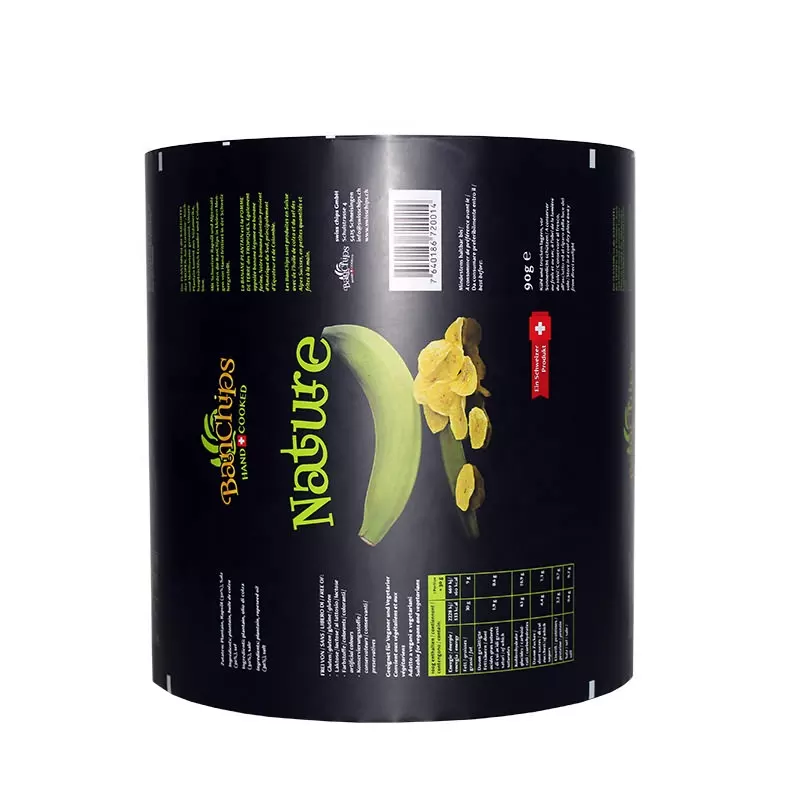high-impact polystyrene
High-Impact Polystyrene Versatility and Applications
High-impact polystyrene (HIPS) is a thermoplastic polymer that combines the lightweight nature of polystyrene with the enhanced toughness and impact resistance needed for a wide array of applications. The production of HIPS involves the copolymerization of polystyrene with a rubber, usually polybutadiene. This unique composition endows HIPS with a balance of strength and flexibility, making it an increasingly popular choice in various industries.
Characteristics of High-Impact Polystyrene
The primary characteristic of HIPS is its incredible impact resistance, which is significantly improved compared to standard polystyrene. This property is attributed to the presence of rubber in its structure, which absorbs energy and prevents cracking or breaking under stress. Furthermore, HIPS exhibits excellent machinability, allowing for easy processing through conventional methods such as injection molding, extrusion, and thermoforming.
In addition to its impact resistance, HIPS is lightweight, making it ideal for applications where weight reduction is crucial. Its good thermal stability and chemical resistance also make it suitable for many environments, although it is essential to note that HIPS may not perform well under exposure to certain solvents.
Applications of High-Impact Polystyrene
The versatility of HIPS leads to its utilization in a variety of sectors, including packaging, consumer goods, electronics, and automotive.
high-impact polystyrene

1. Packaging HIPS is widely used in the packaging industry due to its clarity, rigidity, and strength. It is commonly utilized for containers, trays, and protective packaging, especially in food applications. Its ability to be formed into intricate shapes while maintaining structural integrity makes HIPS an ideal choice for various packaging needs.
2. Consumer Products Many everyday items such as toys, kitchenware, and household appliances incorporate HIPS in their manufacture. The material’s vibrant colorability and high gloss finish make it aesthetically appealing for consumer goods. Additionally, HIPS is non-toxic and chemical-resistant, enhancing its suitability for safe consumer applications.
3. Electronics In the electronics sector, HIPS is often employed for housing and component cases due to its durability and insulating properties. The lightweight nature of HIPS allows for the production of electronic devices that are both efficient and easier to handle. Moreover, its ease of processing ensures that manufacturers can produce components rapidly and cost-effectively.
4. Automotive Applications The automotive industry has also recognized the advantages of HIPS. It is used for interior components, dashboards, and trim due to its ability to withstand the rigors of daily use while maintaining a lightweight profile. The combination of impact resistance and aesthetic flexibility allows automotive manufacturers to design innovative solutions that enhance vehicle performance.
Environmental Considerations and Future Trends
While HIPS is a versatile material, it is essential to consider its environmental impact. Traditional polystyrene is a petroleum-based product, raising concerns about sustainability and recycling. However, the industry is witnessing a shift towards more sustainable solutions, including the development of bio-based HIPS alternatives and better recycling practices. Advancements in technology are allowing manufacturers to improve the lifecycle of HIPS products, emphasizing recovery and recycling to minimize waste.
In conclusion, high-impact polystyrene represents a significant advancement in polymer technology, offering a broad spectrum of applications due to its unique properties. As industries continue to innovate and seek sustainable alternatives, HIPS is likely to remain a pivotal material in the future, driving developments across packaging, consumer products, electronics, and automotive fields. Understanding the capabilities and limitations of high-impact polystyrene is crucial for harnessing its full potential, paving the way for innovative solutions that meet modern standards of performance, durability, and environmental responsibility.













